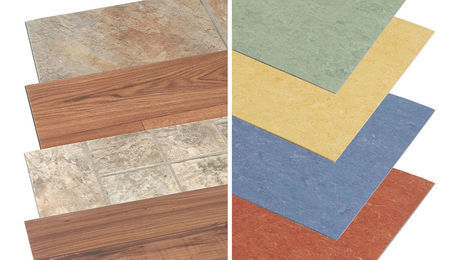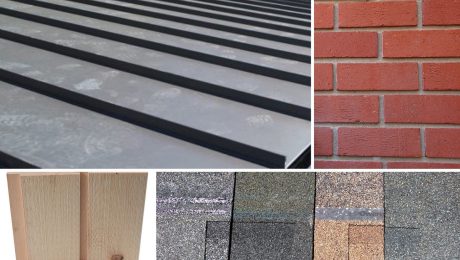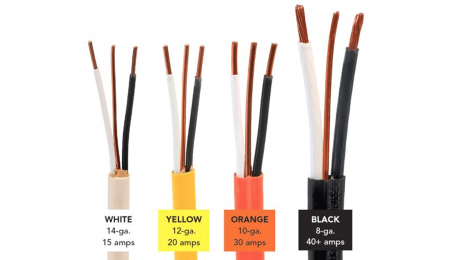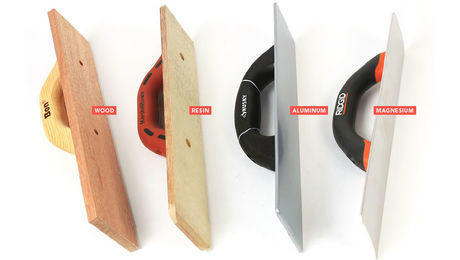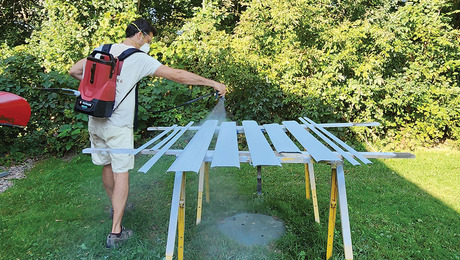What’s the Difference: Solid and Semitransparent Exterior Stains
Is oil-based stain dead?
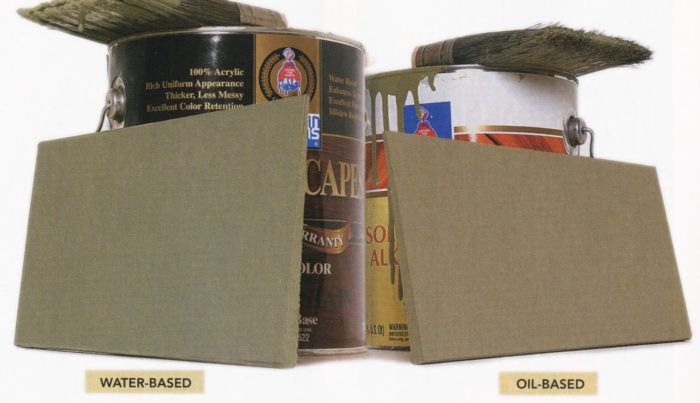
Solid stains offer greater wood protection than semitransparent products. UVrays are brutal on wood and are one of the main contributing factors to weathering. Solid stains block more UV-rays than semitransparent finishes, so wood stays in good condition longer.
Exterior stain serves two purposes: to protect exposed wood and to create visual appeal. For years, exterior stains have been produced in oil-based and water-based versions; both are available as semitransparent or solid finishes. Deciding which stain is best for a particular project hinges on a variety of factors.
Oil-based stain originally was sought after for its penetrating quality, tannin-blocking capability, and ability to be applied at low temperatures. Waterbased stain was, and still is, popular because of its lower volatile-organic-compound (VOC) level and because it is easy to clean off painting supplies and equipment.
Semitransparent stain allows more of the wood’s natural elements to remain visible. However, with each additional coat, semitransparent stain has a stronger resemblance to solid stain, masking much of the wood’s natural character.
Although oil-based alkyd stain is still available, most manufacturer research and development has concentrated on creating better-performing water-based stains. This industry shift was brought on predominantly by VOC regulations in legislation adopted by a number of states across the country, especially on the East Coast. As a result, modern waterbased stain has been modified to act like a penetrating product, similar to oil-based stain. Waterbased stain has superior color and gloss retention, UV-resistance, and less chalking, all of which contribute to a finish that lasts 30% to 50% longer than oil-based stain.
Water-based stain is a more flexible product, too. Flexibility is important when considering solid stains; although they penetrate wood, they still form a thin film on the surface. When wood expands and contracts due to moisture and temperature variations, water-based stain can adjust to the movement, prolonging the aesthetic appeal of the finish as well as its protective quality.
Although the wearing rates of water- and oil-based stains differ, their wearing properties are similar because both stains are absorbed into the wood’s pores. Both finishes degrade gracefully over time, fading in color and wood protection, instead of flaking, bubbling, or peeling like paint products. The cost difference between oil- and water-based stains, and solid and semitransparent versions, varies by manufacturer but is typically not significant enough to sway a purchasing decision.
Photos by Krysta S. Doerfler
